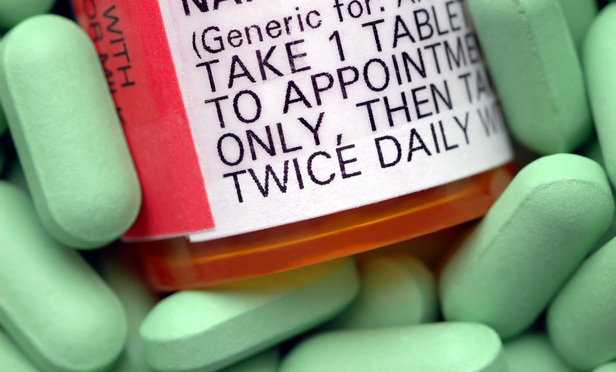Induced infringement is especially important in the world of pharmaceutical patent disputes where a pharmaceutical innovator has cast a wide net with its patent portfolio, including patents containing method-of-use claims. Often, it is not the drug manufacturer who directly infringes such patents, but the physician administering the drug or patient taking the drug, who is the direct infringer. In such cases, a claim of inducement of infringement may provide relief to a patent holder. The Federal Circuit has held that induced infringement requires a patent holder to demonstrate that a defendant had specific intent to induce someone else to directly infringe the patent. DSU Medical v. JMS Co., 471 F.3d 1293 (Fed. Cir. 2006) (en banc in relevant part). Proof of the requisite intent often starts with the instructions for use included in the drug packaging.
Less clear is the question of what constitutes specific intent in cases where the drug label does not specifically instruct a medical practitioner or patient to undertake an infringing use, but rather suggests an unapproved use, i.e., an “off-label” use. While the term “off-label” suggests that a court would look outside the label to find induced infringement, courts instead have focused their inquiry on the label to determine whether it includes any instruction of use that would inevitably lead to an “off-label” infringing act. AstraZeneca LP v. Apotex, 633 F.3d 1042 (Fed. Cir. 2010). Once a label is found to give rise to specific intent, a defendant is unlikely to unseat the finding through evidence of its mindset. For example, a defendant’s good-faith belief that a patent is invalid is not a defense to induced infringement. See Commil USA v. Cisco Sys., 135 S. Ct. 1920 (May 26, 2015). Thus, cases of induced infringement turn on the specific language of the label—even for “off-label” uses. This article highlights recent law and provides guidance on the perils of instructions for use with respect to off-label use for drug innovators and generic drug manufacturers alike.
Inducement with Generic Drugs
This content has been archived. It is available through our partners, LexisNexis® and Bloomberg Law.
To view this content, please continue to their sites.
Not a Lexis Subscriber?
Subscribe Now
Not a Bloomberg Law Subscriber?
Subscribe Now
LexisNexis® and Bloomberg Law are third party online distributors of the broad collection of current and archived versions of ALM's legal news publications. LexisNexis® and Bloomberg Law customers are able to access and use ALM's content, including content from the National Law Journal, The American Lawyer, Legaltech News, The New York Law Journal, and Corporate Counsel, as well as other sources of legal information.
For questions call 1-877-256-2472 or contact us at [email protected]



